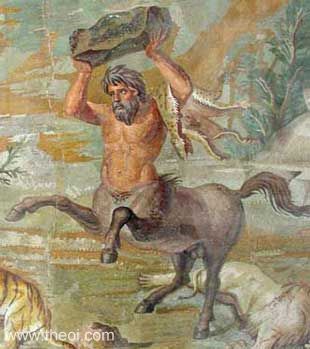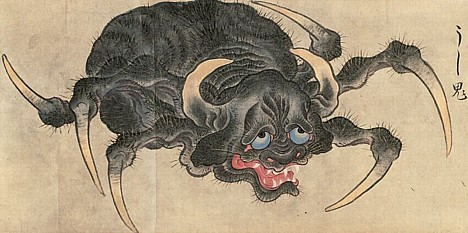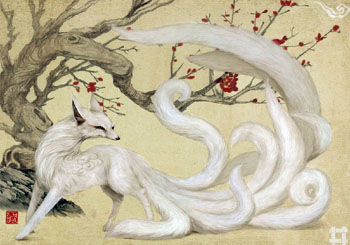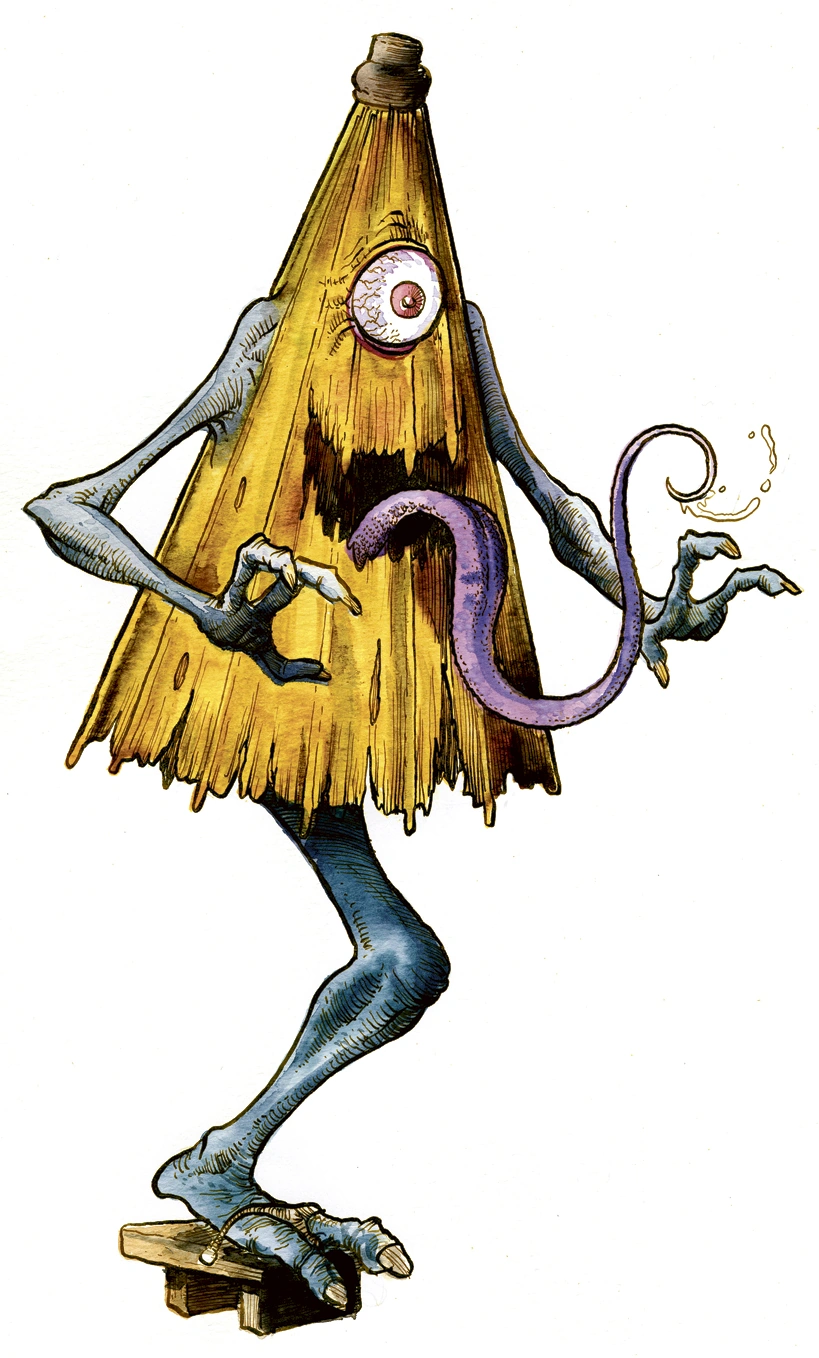Many of the monsters I found in Japanese folklore caught my eye because of how strange they are, and a good example of this would be the tanuki. A tanuki is a Japanese species of animal sometimes called a raccoon dog, having an appearance similar to that of an American raccoon. The legends surrounding the creature however are much more unusual and have been significant in Japanese folklore since ancient times.
The legendary tanuki is supernatural, and is said to be mischievous and jolly, a master of disguise that has the power to shape-shift, but is also gullible and absentminded. They are classed as yokai (ghosts) and can change their appearance into anything, even having the power to possess people. Their appearance in literature and art however is very bizarre. They are depicted to have absurdly over-sized testicles that they use for gliding, carrying water, as sleeping bags and even drums. It was the pure insanity of this idea that convinced me to include it as part of my research and to show how weird Japanese mythology can be.








































